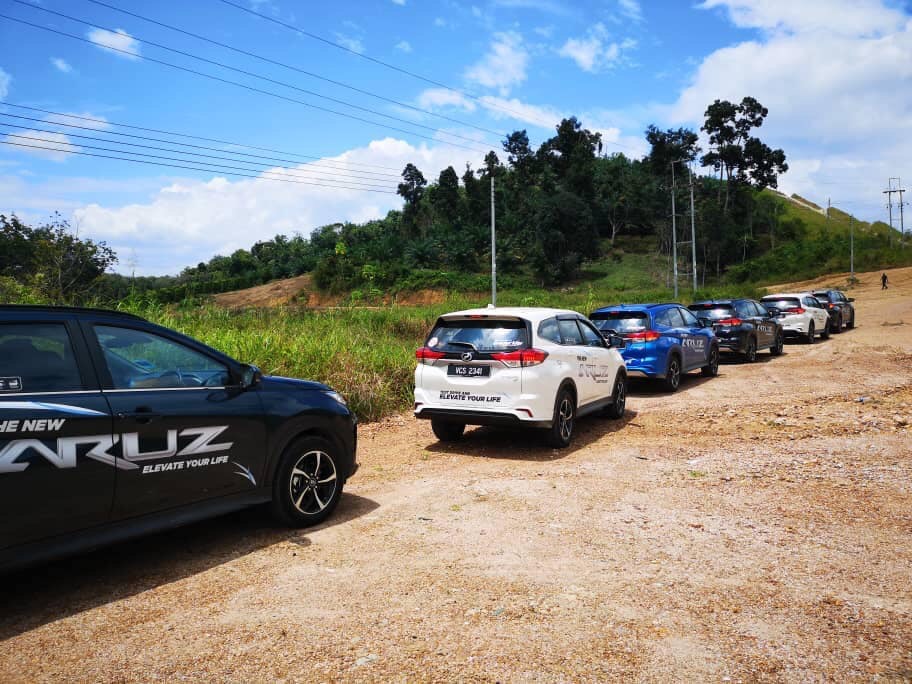Perodua Aruz set to conquer Borneo

Perodua is aiming for its new hot selling 7-seater SUV, the Perodua Aruz, to top the SUV sales charts in East Malaysia, a predominantly SUV-driven market.
“Perodua is targeting to expand further its East Malaysian market share from 40% currently, and the new Perodua Aruz will spearhead that expansion in this SUV-popular region,” said Perodua President and Chief Executive Officer Dato’ Zainal Abidin Ahmad.
This morning at Perodua’s Kuching 1 Branch, Dato’ Zainal flagged off the Perodua Aruz TransBorneo Convoy, in which six units of the Perodua Aruz will be travelling from Kuching to Tawau, covering approximately 1,500 km from 16-22 March.
Along the way, the convoy will be calling at major cities including Sibu, Bintulu, Miri, Kota Kinabalu, Ranau and Sandakan to engage with local communities and councils, allowing them to get up close to and experience the new Perodua SUV.
“I am pleased to announce that since the Perodua Aruz’s launch in January, over 4,000 units have found homes out of over 14,000 bookings nationwide to date.
“This favourable reception by the Malaysian public both humbles and encourages us to work harder to improve our delivery times and serve you better,” Dato’ Zainal said.
He added that the Perodua Aruz’s 220 mm ground clearance gives it great all-round visibility and the ability to traverse semi-rough terrain and small floods with ease. Its body-on-frame construction also makes it durable and capable of handling loads.
The seven seats can be adjusted in many ways to suit owners’ lifestyles, and thanks to six airbags and Vehicle Stability Control (VSC) being standard across the range, plus Advanced Safety Assist 2.0 on the AV variant, the Perodua Aruz has a maximum five-star ASEAN NCAP safety rating.
Worries about great distances between petrol stations are put to rest, as the Perodua Aruz is a government-certified Energy-Efficient Vehicle (EEV) with the best fuel economy in its class.
“All these make the Perodua Aruz very well-suited to East Malaysia, where the nation’s best-value SUV is priced at RM74,900 for the X variant and RM79,900 for the AV variant,” said Dato’ Zainal.










